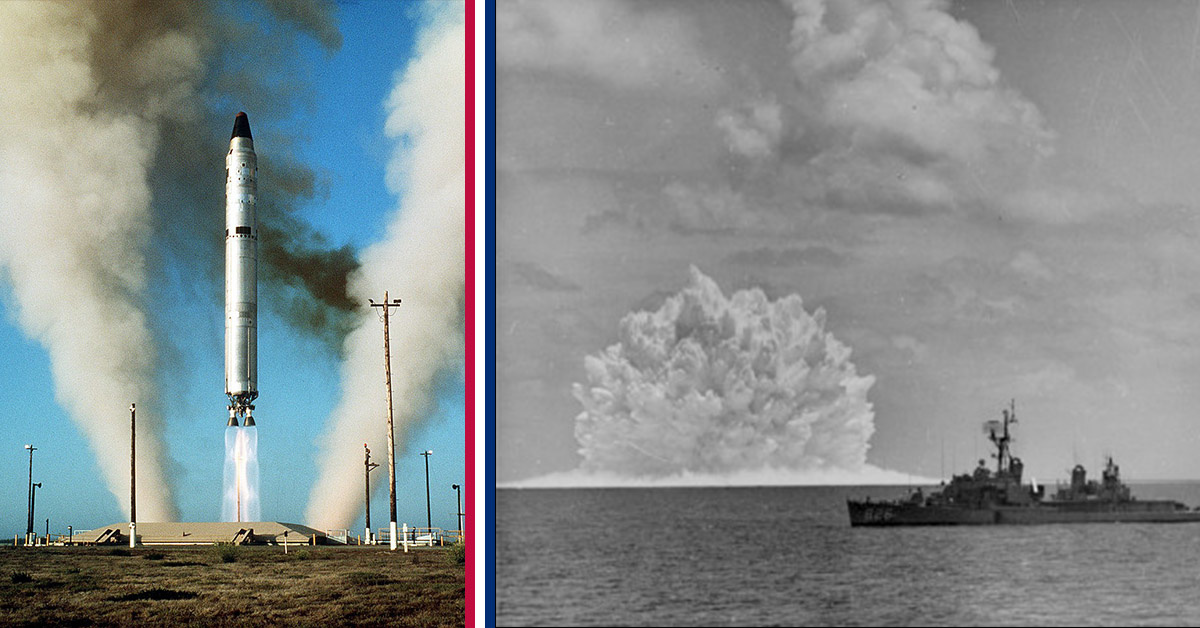Assessing The Pan-Nordic Defense Force: Swedish And Finnish Military Assets

Table of Contents
Swedish Military Capabilities
Sweden possesses a modern and well-equipped military, albeit smaller than some of its European counterparts. Its forces are characterized by a focus on high-tech weaponry and advanced training.
Swedish Army
The Swedish Army is a highly mechanized force, boasting the Stridsfordon 90 (Strf 90) infantry fighting vehicle as a cornerstone of its armored capabilities. The Archer artillery system, a self-propelled howitzer known for its rapid deployment and accuracy, further enhances its firepower.
- Modernization Efforts: Ongoing investments focus on enhancing situational awareness, improving communication systems, and integrating new technologies.
- Strengths: Mechanized infantry units are well-trained and equipped, possessing strong mobility and firepower.
- Weaknesses: Limited manpower compared to larger armies presents a challenge in sustaining large-scale operations. The Swedish Army, like many others, is also grappling with the challenges of recruiting and retaining personnel in a competitive job market.
Swedish Navy
The Swedish Navy plays a crucial role in coastal defense and submarine warfare. Its Visby-class corvettes, known for their stealth capabilities, are vital assets in protecting Sweden's extensive coastline. The navy also maintains a credible submarine fleet, contributing to its anti-submarine warfare capabilities.
- Submarine Warfare Expertise: Sweden has a long history and significant expertise in submarine design, construction, and operation.
- Anti-Submarine Warfare Capabilities: The navy actively develops and maintains sophisticated anti-submarine warfare capabilities to counter potential threats.
- Coastal Defense Strategy: Sweden’s coastal defense strategy integrates both naval and land-based assets to create a strong defensive perimeter.
- Naval Modernization: Continuous upgrades to its fleet ensure the Swedish Navy maintains a cutting-edge technological advantage.
Swedish Air Force
The Swedish Air Force is centered around the Gripen fighter jet, a multirole combat aircraft renowned for its agility and advanced avionics. Its air defense systems and airlift capabilities complement its air superiority fighter jets, providing comprehensive air power projection.
- Gripen Fighter Jets: The Gripen forms the backbone of Swedish air power, providing both air-to-air and air-to-ground capabilities.
- Air-to-Air Combat Capabilities: The Gripen’s advanced radar and weaponry make it a formidable opponent in air-to-air combat scenarios.
- Air Defense Systems: A layered air defense system protects Swedish airspace, integrating ground-based radar and missile systems.
- Airlift Capacity: The Swedish Air Force possesses transport aircraft for personnel and equipment deployment.
Finnish Military Capabilities
Finland maintains a highly effective defense force, known for its strong emphasis on reservist training and its experience in asymmetric warfare. Its military is characterized by a high degree of readiness and adaptability.
Finnish Army
The Finnish Army is renowned for its highly trained reservist system, providing a large pool of readily deployable personnel. Modern weaponry and robust infantry tactics are combined with effective artillery capabilities and armored vehicles, enabling strong border security.
- Reservist System: The Finnish reservist system contributes significantly to the army’s overall strength and readiness.
- Infantry Tactics: Emphasis is placed on flexible and adaptable infantry tactics suitable for a variety of terrains and combat situations.
- Artillery Capabilities: The Finnish Army has invested in modern artillery systems, adding significant firepower to its capabilities.
- Border Security: The army plays a significant role in maintaining border security, particularly in light of geopolitical developments.
Finnish Navy
The Finnish Navy's focus is on coastal defense, mine warfare, and maritime surveillance. Its capabilities are tailored to the specific needs of Finland’s geography and security environment.
- Coastal Defense: The Finnish Navy is well-equipped to defend Finland's extensive coastline.
- Mine Countermeasures: Significant investment in mine countermeasures reflects the importance of protecting sea lanes.
- Maritime Surveillance Capabilities: The navy utilizes various sensors and platforms for maritime surveillance, ensuring situational awareness.
- Naval Bases: Strategically located naval bases support operational activities and maintain readiness.
Finnish Air Force
The Finnish Air Force utilizes the F/A-18 Hornet fighter jet, providing a robust air defense capability. Its air-to-ground capabilities also contribute to the overall national defense.
- F/A-18 Hornets: These multirole fighters form the core of Finnish air power, providing air superiority and ground attack capabilities.
- Air Defense Capabilities: Integrated air defense systems ensure the protection of Finnish airspace.
- Air-to-Ground Capabilities: The F/A-18 Hornet’s versatility extends to ground attack missions.
- Air Force Readiness: The Finnish Air Force maintains a high state of readiness to respond to potential threats.
Synergies and Interoperability within a Pan-Nordic Framework
The potential benefits of a closer collaboration between the Swedish and Finnish militaries, and potentially other Nordic countries, are significant. Combined military exercises, shared intelligence, and combined defense strategies could significantly enhance regional security.
However, challenges exist. Differences in military doctrines, equipment standardization, and command structures could hinder seamless integration. Overcoming these obstacles requires careful planning and a commitment to finding common ground. This also involves looking at ways to share resources and ensure compatibility between different systems and platforms.
Conclusion: Assessing the Pan-Nordic Defense Force: Swedish and Finnish Military Assets
Sweden and Finland possess substantial military assets, each with unique strengths. Sweden’s technologically advanced forces complement Finland's highly trained reservists and experience in asymmetric warfare. Integrating these forces into a Pan-Nordic Defense Force holds immense potential for enhancing regional security. However, addressing challenges related to interoperability and standardization is crucial for maximizing the effectiveness of such a force. To further explore the potential of a strengthened Pan-Nordic Defense Force, further analysis of resource allocation and interoperability strategies is crucial.

Featured Posts
-
 Assessing The Impact Of Trumps Trade Actions On Us Financial Power
Apr 22, 2025
Assessing The Impact Of Trumps Trade Actions On Us Financial Power
Apr 22, 2025 -
 Ace The Private Credit Job Hunt 5 Dos And Don Ts For Success
Apr 22, 2025
Ace The Private Credit Job Hunt 5 Dos And Don Ts For Success
Apr 22, 2025 -
 Are We Normalizing Disaster The Los Angeles Wildfire Betting Trend
Apr 22, 2025
Are We Normalizing Disaster The Los Angeles Wildfire Betting Trend
Apr 22, 2025 -
 Pope Francis Passes Away At Age 88 Following Illness
Apr 22, 2025
Pope Francis Passes Away At Age 88 Following Illness
Apr 22, 2025 -
 Is A New Cold War Dawning Examining The Deterioration Of U S China Relations
Apr 22, 2025
Is A New Cold War Dawning Examining The Deterioration Of U S China Relations
Apr 22, 2025
